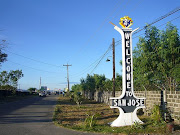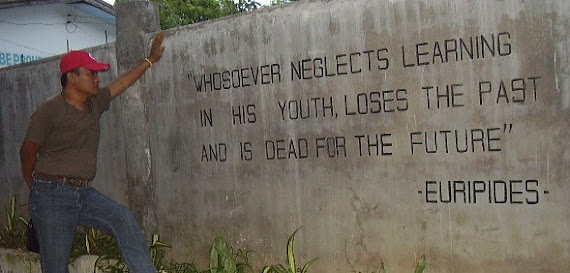My late grandfather’s favorite Filipino boxer was Young Tommy. He used to share stories about his boxing idol as I was growing up. That’s why I chose 'Tommy Young' as the handle for my Facebook (boxing) account—it’s a constant reminder of my mother’s father, whom I remember dearly.
It was my old man's birthday today, August 19. He could have been 122 years old now.
My Tatang was into boxing in his teens not atop the ring but in street brawls. He used to tell me, repeatedly at that, how he knocked down a village rascal with a single punch in the jaw. That was during the Philippine Commonwealth period. He followed Tommy’s fights from 1929 to 1931 before the Filipino pug of yore left the country to box abroad. He told me how Young Tommy defeated Little Moro at the Olympic Stadium in Manila for the Oriental Bantamweight strap in 1931. Moro then holds the belt but he kisses the canvas, and rises up but is met by punches in bunches from Young Tommy.
In Tommy’s 86 fights, he won 61 (24 by knockout), lost 16, and drew 9.
On the evening of January 28, 1932, Fernando "Young Tommy" Opao accepts the California state bantamweight championship belt from ex-heavyweight champion Jack Dempsey who stood as the third man in the ring, as I have researched (told you, I am a self-proclaimed boxing historian!).
Filipino men came to the U.S. not only as farm laborers but as prize-winning boxers back in his days. These Pinoy heroes were symbols of pride and hope for equality on foreign soil where racial discrimination is rampant. Young Tommy was considered a protégé of Jack "The Galveston Giant" Johnson, the first black world heavyweight boxing champion. He also had the longest professional career of any world heavyweight boxing champion, having boxed for over 33 years from 1897 to 1931. He epitomized the hope of the African Americans and all colored working people in the US then.
Tatang used to idolize the fighter who originated from Silay City in Negros Occidental and stayed the rest of his life as a boxer in Los Angeles, California. Young Tommy was ranked the fifth-best bantamweight in the world in January 1932 by the National Boxing Association. Tatang truly idolized him and the rest of the Pinoy prizefighters in the US. Amidst hostile citizens in their host country, they, the boxers are a symbol of hope and freedom, he told me. Boxing then unites the Ilocano, the Cebuanos, and the Tagalogs in the diaspora. Tatang’s Ilocano relatives from Hawaii informed him of that tremendous feat of Filipino ring warriors. In Hawaii, most of the leading boxers are Filipinos. In almost every boxing card in the 1930s, ninety percent of the fans are Filipinos. They are saving their hard-earned money at work to support their punching compatriots.
My grandfather always reminded me that no matter what we face, we must never defeat ourselves. “Your power and strength mean nothing if you let the image of defeat take root in your mind and soul,” he would tell me. Now, as a grandfather myself to little Minka, I hope she embraces the way of a boxer—embarking on a journey of self-discovery, cultivating virtues like discipline and respect, and gaining a deeper understanding of the human spirit when she grows up.
We exist because of those who came before us. Our grandparents connect us to our heritage, offering insights into our identity and origins. We are the culmination of past generations, and by remembering them, we can uncover shared traits and gain a deeper understanding of ourselves.
Tommy Young is another name I go by because I’m Tatang’s 'apo' in many ways, my friend.
-----
Historic photo of Johnson and Opao in training: Harry E. Winkler Photographic Collection, University Libraries of Notre Dame.






